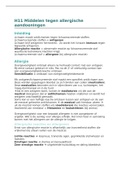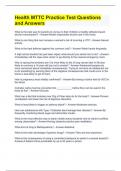College aantekeningen
Aantekeningen colleges Behavior & Environment 2
- Instelling
- Radboud Universiteit Nijmegen (RU)
precies wat de titel zegt. Aantekeningen bij de colleges van dit vak, evenals aantekeningen uit het oefententamen en begrippen uit het boek.
[Meer zien]














